There’s a fight going on, but not many people know about it. It boils down to what most fights look like after a long time simmering and evaporating away their unnecessary parts—the right to tell a story. Like many other battles this one is about a people, power, and ownership.
I’m talking about where transgender comes from, why it occurs, and what meaning to draw from it.
If we left it up to The New York Times and David Letterman, transgender people, all, struggle with being the wrong sex in the wrong body. Chances are they know it early on, they suffer tremendous amounts of angst and depression, and they demonstrate their trans-ness by loving every activity ever singled out for the opposite sex, the one they want to be so dearly. And anyone else who feels a bit differently—a person who doesn’t always feel totally female every day, a man who still loves to wear pink, someone who doesn’t feel the need to go on hormones—they become invalidated. They are not authentic transsexual people, or they would be marching in lockstep to the narrative of the greatest biological trick ever hoisted against human beings, hemophilia and cystic fibrosis notwithstanding.* Somehow the whole conversation reminds of people from different Christian denominations arguing about who’s going to heaven faster or better.
The whole thing is a red herring, folks. There is no single narrative that describes the emotional and physical nature of being trans, and there is especially no singularity with regard to how one understands coming to identify as trans-anything. Call those statements generalizations, but I see them as opening up a space for people to be their authentic selves without impinging on anyone else’s identity, and so I’m comfortable with saying that.
Okay, why does this matter to the YA writer? Two quick reasons:
- Readers infer what writers imply, so if we regurgitate this story about pelicans bringing the messed up trans babies into the world, we give it more power and presence.
- We need to be prepared as writers for criticism from transfolk about how they are portrayed in our work. This is particularly important given the overall dearth of transgender characters or ideas in YA fiction.
What do I propose about this? Well, namely that we create characters who are whole people but don’t fit “the narrative.” This doesn’t mean that we need to debunk the narrative—there are many people who believe it describes them and their history, and that’s fine for them. And us, I presume. But let’s not stop there. It’s actually better for us as writers to be able to use the full reach of our imaginations in writing stories with trans themes, elements, and characters. We should explore gender for a YA audience in new ways:
- Put the trans character front and center, not as a sidekick
- Show mentors in the story who have struggled with their gender identity or expression
- Use the genre to push transgender themes
- Invent new gender paradigms (maybe there are 5 genders that are self-selected at a certain age? a town in which everyone dresses androgynously and never thought about gender?)
- Talk about gender via another coming-of-age moment, or as part of understanding other emerging parts of the character’s identity (how being trans affects playing on the basketball team, for example)
- Show characters who aren’t afraid, hateful, or ashamed of their past gender history but who are trans nonetheless
Regarding criticism, if we stay away from stereotypes about transfolk (and other communities), and allow for multiple paths to trans-ness, I think we’re on solid ground as writers. At the end of the day, if we are able to say we opened up space for readers to see themselves or understand each other, we’ve had a damn good day.
*That’s tongue in cheek. I wish more trans folks thought about what taking up disability rhetoric meant for people with disabilities.
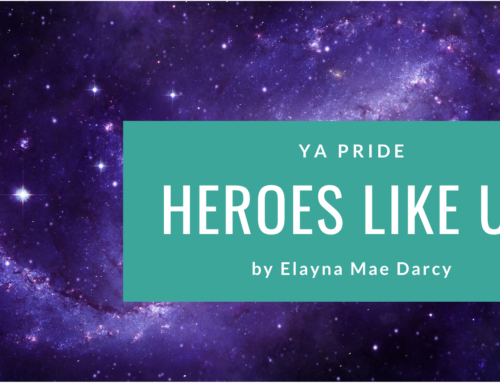
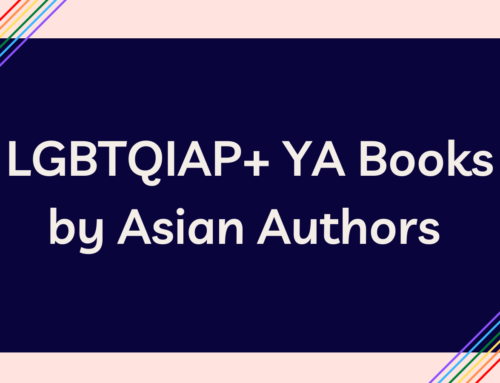
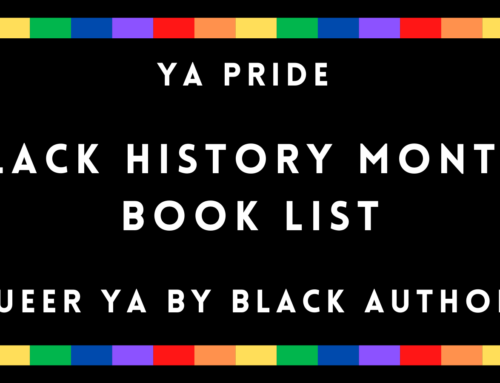
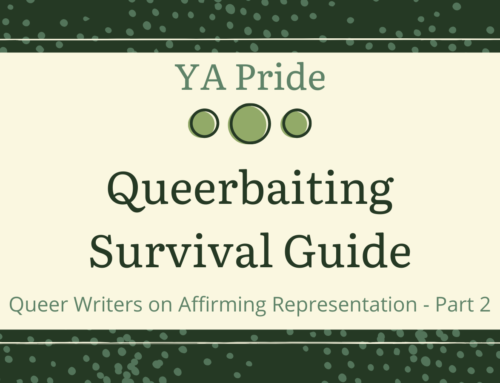
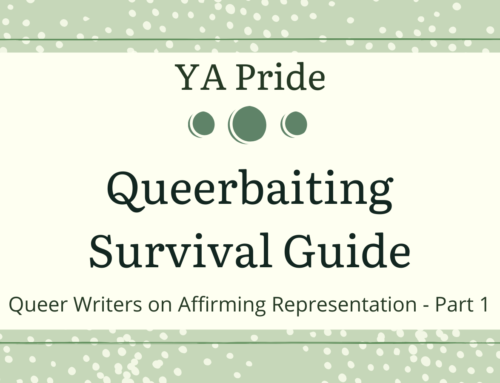
Thank you for posting this! My gf is a transwoman and I know she’d appreciate stereotypes being thrown back in the closet, so to speak. 🙂
For those looking for a blog of some sort that talks about how it feels and the trials ones goes through with being trans, you can find hers at Translucent Confusion~
Dude. Now I TOTALLY want to write a book with 5 genders. But also one where everyone dresses androgynously and never thinks about gender. But I want to write about them both at the same time. How to reconcile, hmm.
LOVE this post.
Joanna Russ wrote a book many years ago that had different takes on gender in the same story, The Female Man. Four competing universes told in one book. It was a bit hard to navigate, and not YA, but not a bad example, either. You can do it!